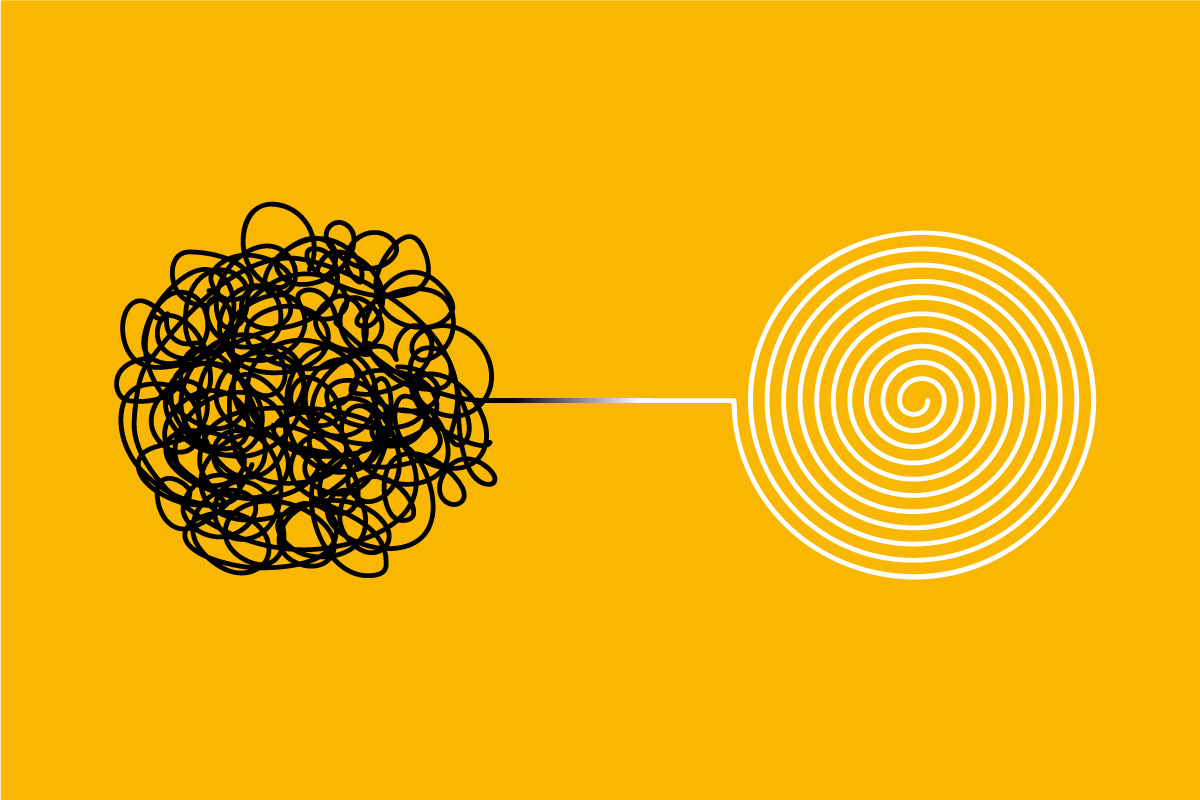Institutional observation is a clinical method of accessing aspects of relational processes, work situations, and institutional cultures that are not immediately visible, because they are predominantly unconscious, overlooked, or simply hidden.
It is based on a method known as “infant observation”, originally devised by the English psychoanalyst Esther Bick for observing the mother-child relationship (Bick, 1964), and adapted for analysing organizations by researchers from the Tavistock Clinic (Obholzer) and Cassel Hospital (see Hinshelwood and Skogstad, “Observing Organisations. Anxiety, Defence and Culture in Health Care”, Routledge, London 2000). The “Tavistock-Cassel method” of institutional observation combines a psychodynamic perspective with a systemic and/or ethnographic reading of an organizational setting. Observable individual behaviours are examined in light of the emotional resonances experienced by the observer, which are interpreted as “functions” of the group or system underpinned by the implicit assumptions of the institution and its hidden culture.
There are now study and training programmes on the method of institutional observation, and in recent years observational techniques have been introduced as training methods, and tools for organizational consultancy and coaching interventions with management groups. A dedicated conference on the institutional observation method and some of its real-life applications was held in Turin in 2012.

Observing the reality around us is both an innate ability and a need; we require it to navigate the world and decipher the relationships and emotions of others, as well as to acquire valuable information about ourselves. We continuously observe things and people, events and speeches, details and scenarios, but rarely we are told that we can use what we have observed, nor how to do so; therefore, most observational data remains unconscious and unused or, at best, is available to regulate our automatic behaviours. With rare exceptions – such as in the observation of the mother-child relationship, the study of learning behaviour, or anthropological investigations – this “natural” process generally fails to be appreciated as an operational tool that may be used by anybody working in groups and organizations, including managers, non-managerial staff, and consultants.
Defenders of “digital” approaches will argue, and not without reason, that a camera or scanner “sees” much better than a human eye, and that when we seek detailed, reliable, and comprehensive information, human observers cannot be trusted, because they “see without seeing”, distort, forget, blur, interpret and so on. In other words, their perspective is too subjective; this is not the case – or at least, it happens to a much lesser extent – with objective observational systems such as journals, photographs, scales, questionnaires, audio and video recordings, etc.

However, if our goal is to acquire in-depth understanding of relational dynamics and institutional cultures, the value of subjective observation lies precisely in the fact that it is not a “recording”, but a process of experiential knowledge, and therefore inevitably sketchy and incomplete. What may seem like a flaw – having to do without information about the content and sometimes even the context of an observed situation – is often an advantage, because it forces those engaging in the process to tap into more sensory, intuitive, and empathic modes of experience, especially self-observation. To a large extent, this implies attending to the emotions evoked in the observer by the observed field, which in psychoanalysis is termed “countertransference”.
The objectives of institutional observation may be summarized as follows:
- observe without preconceived ideas and construct hypotheses about the climate, relations, and functioning of an organization;
- remain in the role of observer despite external and internal pressures to abandon or modify it;
- connect with own personal feelings and emotions to assess the extent to which they represent responses (countertransference) to the observed institutional processes and dynamics.
These three points, which are crucial in organizational consultancy, are equally important for those who work in an organization as practitioners, managers, executives, or trainers.
Observation can be useful in research projects and sophisticated forms of organizational diagnosis and consultancy or deep coaching, as well as in the analysis of organizational roles, counselling on structural or strategic problems, negotiations, conflict resolution, and crisis management. Observation can also be deployed in professional development programmes, particularly in group work training, where it may be applied individually (as when a group operates in the presence of an observer) or collectively (as in the fishbowl method, whereby a group works or presents a problem at the centre of a circle of observers), to enhance participation and the potential for learning from a given experience.
In practice, organizational climate assessments may be carried out using either objective instruments (questionnaires, tests, survey of documents, analysis of key indicators, video recordings, etc.) or subjective instruments (declared needs and problems, interviews).
